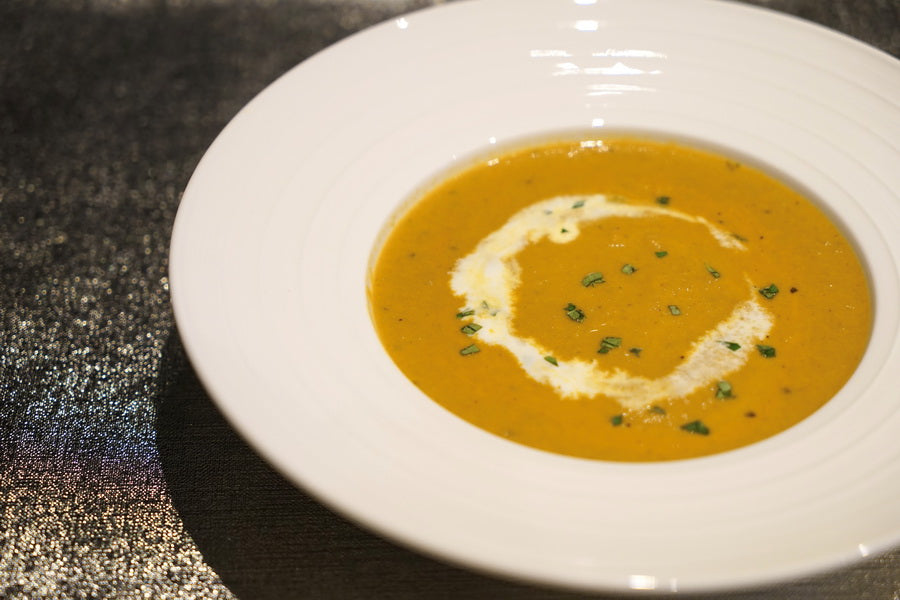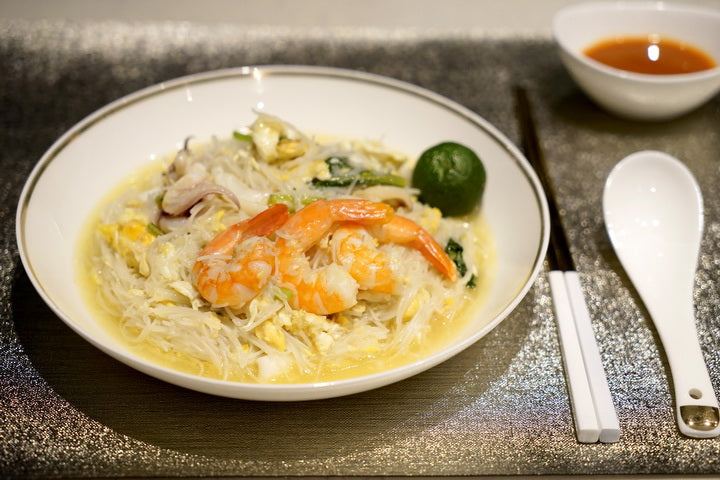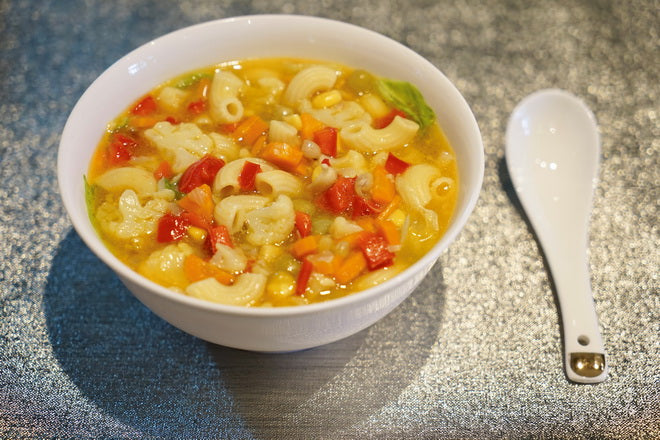Discover the secret of making the best Singapore Laksa at home
On the labours of making this much-loved South East Asian dish, laksa expert and Penang chef Nazlina Hussin has once said, “If someone asks me to make laksa on my own, I will cry first for a good 10 minutes before I start working on it.” Indeed, making laksa from scratch is no mean feat. It involves a tedious list of spices, herbs, various ingredients and arduous prep work before one can sit down to eat it.
Before we commit to making such a labour-intensive dish, let us first find out: What is Singapore laksa? Laksa is an ubiquitous noodle soup dish in South East Asia, with a stunning number of variations being enjoyed in Indonesia, Malaysia and southern Thailand. In Malaysia alone, there are at least five types of laksa, including Nyonya Laksa and Penang Assam Laksa. Singapore Laksa is most similar to Nyonya Laksa, and it is believed that the Nyonya version might have led to the development of the Singapore one, according to an article titled “Singapore laksa vs Nyonya laksa: which is the original and how did the dish get its name?” in the South China Morning Post.
Both feature a creamy seafood-based gravy, made by simmering prawn stock and coconut milk. Both feature a spice paste, or rempah in Malay, which is an amalgamation of onion, ginger, garlic, turmeric, chili, lemongrass, galangal and belacan (toasted fermented shrimp paste). Both are served with a sambal on the side, and are served with a sprinkling of any laksa’s two most quintessential ingredients: minced torch ginger (the ginger flower bud, also known as bunga kantan in Malay) and aromatic laksa leaves.
But what distinguishes Singapore Laksa from its traditional Peranakan counterpart is its sandy texture, which can be attributed to the addition of hae bee (dried shrimp). Minced hae bee is stir-fried till dry and fragrant before rempah is added to the wok and fried for an hour, until it changes colour.
To make the best Singapore Laksa, most traditional chefs and home cooks would set aside a good part of the day pounding, chopping, frying and simmering. Some even grow their own spices and herbs, squeeze their own coconut milk, and press their own rice vermicelli noodles for optimum freshness.
Daunted? Amateur cooks, fret not. The good news is, with CHU Collagen’s Premium Singapore Laksa Soup, someone has already done most of the work with top quality ingredients. Its formidable ingredient list confirms the presence of all the necessary components of Singapore Laksa – coconut milk, chilli, dried shrimp, shallots, garlic, galangal, lemongrass, ginger, belacan, turmeric and laksa leaf.
By following CHU Collagen co-founder Ethel Neo’s Super Easy Singapore Laksa Recipe, you need only 25 minutes and a packet of CHU Collagen’s Premium Singapore Laksa Soup to make a winning dish at home. Creamy, aromatic and robust, CHU Collagen’s Laksa Soup is painstakingly (but also hygienically) made with all the ingredients your favourite hawker would use, only that it is frozen by immersion cooling to preserve quality without the use of chemical preservatives.
To assemble your perfect bowl of Singapore Laksa, you would also need thick rice vermicelli noodles, fish balls, tau pok (puffy fried tofu), bean sprouts, fresh prawns, fish cake, and a hard-boiled egg. You can add bloody cockles if you want, which is usually an ingredient found in Nyonya Laksa, along with shredded cucumber.
For extra oomph, top off your bowl with a sprinkle of minced torch ginger, shredded laksa leaf and a dollop of sambal. If you feel like making sambal from scratch since you’ve saved all that time by using a pre-made laksa soup, Chef Nazlina’s book, The Fierce Aunty’s No-nonsense Guide to the Perfect Laksa, recommends this recipe:
And there you have it, the best bowl of Singapore Laksa you can make at home. Shiok not?



